Every reporter Yang abandoned Fei, every editor Cheng Peng Yang Huan
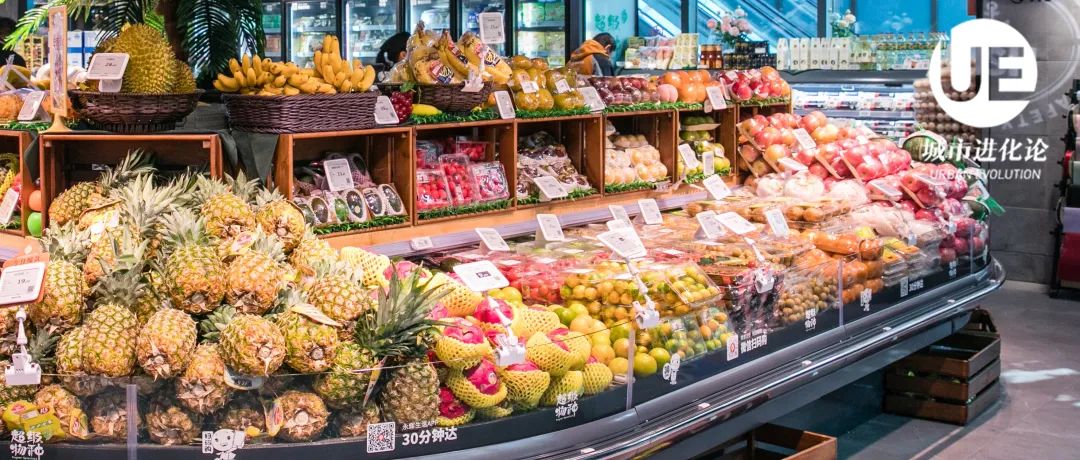
Image source: Photo Network _300077260
China is the largest fruit producing area in the world, and it is also a big country of fruit consumption.
Thousands of kilometers from north to south, spanning several temperature zones from cold temperate zone to tropical zone, showing significant regional geographical differences. Rich landforms and temperatures have created rich fruit varieties in China.
Taking tropical fruits as an example, from the point of origin, they are mainly concentrated in Guangdong, Guangxi, Yunnan, Fujian, Hainan andTaiwan Province of ChinaWait for the place. Among them, Guangdong and Guangxi account for 67% of the country’s tropical fruits, followed by Fujian, Yunnan and Hainan. The total area of tropical fruit production in the five provinces accounts for 94% of the whole country.
However, unlikeGuangdong Zengcheng litchi, Xuwen pineapple, Fujian Guanxi honey pomelo, Yongchun citrus and other special brands, the industry pain point of Guangxi fruit lies in brand awareness.Although it was once "out of the circle" because of the title of "fruit kingdom", there is always a lack of famous fruits.
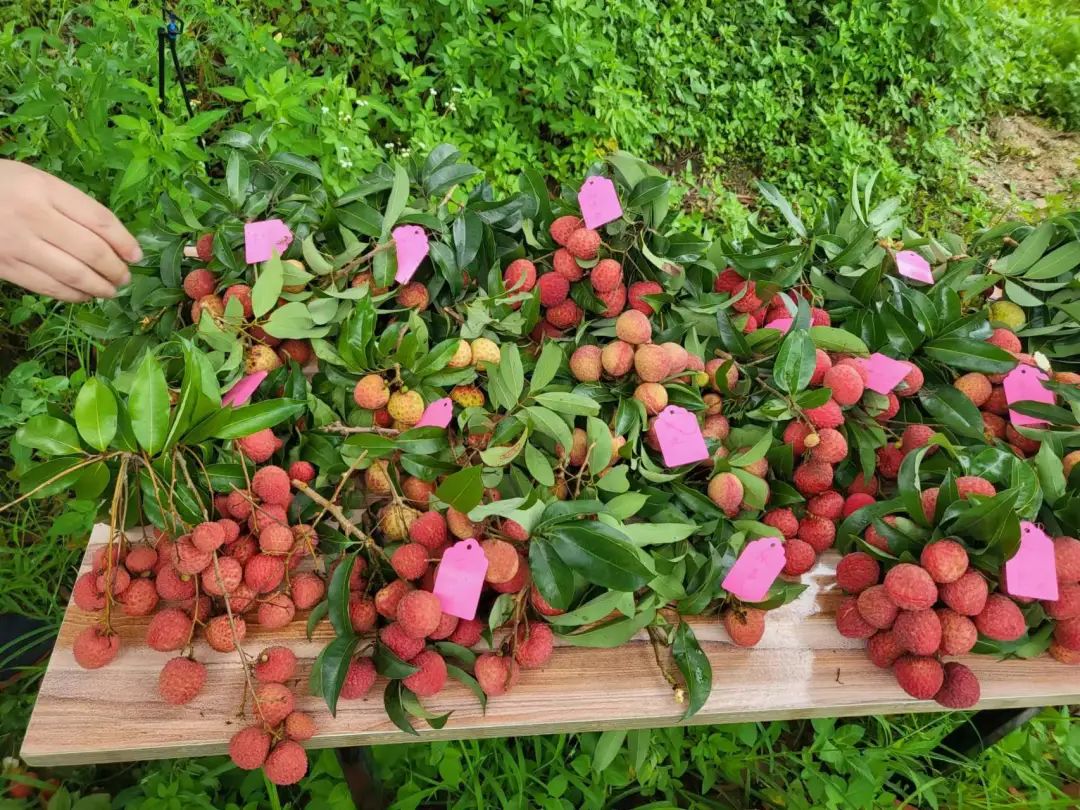
Image source: Every reporter Yang abandoned the photo.
Wang Zaolan, an associate professor at the Institute of Agricultural and Rural Development of Guangxi Academy of Social Sciences, noted that there are 165 geographical indication agricultural products in Guangxi, but even for local people, the awareness is not high. Taking Lingshan litchi as an example, the local people always talk about Zengcheng and Crater litchi, and the brand competitiveness is poor.
The last time Lingshan went out of the circle was because of the hometown of "Wu Zetian’s mother", but it was obviously not a successful attempt. At present, it is not only the key for Guangxi, a big agricultural province, to transform into a strong one, but also a survival proposition for agricultural counties that blossom everywhere in Guangxi.

"You eat litchi in the crater.
May be Lingshan litchi. "
A year ago, when Wu Duoce, the regional manager of South China of Alibaba’s Digital Village Division, came to Lingshan, he saw the image of a "hometown of litchi" with "survival in the cracks"-on the one hand, litchi was regarded as "the treasure of towns and counties" by Lingshan, and the propaganda about litchi was everywhere, and Lingshan and litchi were almost deeply tied; But on the other hand, litchi operators always mention Zengcheng and Hainan litchi. In front of these two pioneers who made a name for themselves in the market early, Lingshan litchi is somewhat "narcissistic".
Lingshan litchi seems to be born with two natural enemies.
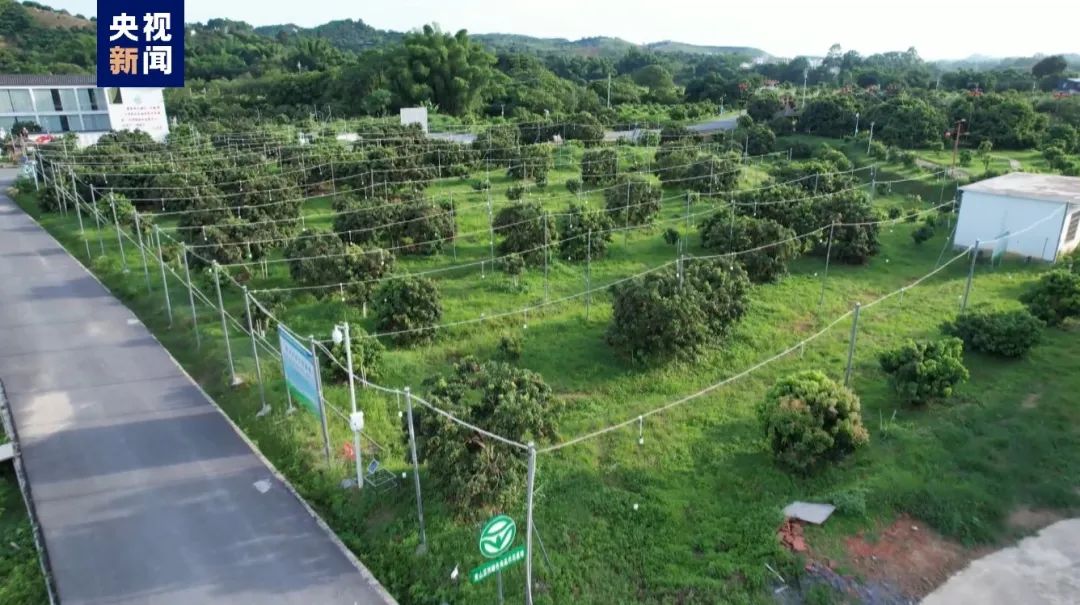
Image source: CCTV News
Zengcheng Litchi, located in Guangdong, has Su Shi’s famous phrase "300 Litchi a Day". The reputation of Lingnan Litchi spread like wildfire, and the profound litchi culture gave birth to a variety that hit the high-end market. Hainan litchi, with the help of the big IP of "Hainan", has its own flow, and its geographical position at higher latitude also enables it to take the lead and become the earliest place of production in the litchi season every year.
On the other hand, the yield of Lingshan litchi can be counted as one. The data shows that only in ling shan,uncleThe small litchi fields add up to a total of 420,000 mu, not only far more than 190,000 mu in Zengcheng, but even more than 320,000 mu in Hainan Province.
But the lack of brand support is not necessarily an advantage.
Due to the short production time, litchi is a kind of fruit whose pricing is particularly affected by the market, and the phenomenon of "big and small years" is particularly prominent every year because of its output. On this basis, Wu Duoce pointed out that due to the brand premium, even the same litchi in the same year, different places of origin will cause the price gap of litchi.
Every year, Hainan Litchi, which was first introduced, always marked the market trend with the highest price. Then, Litchi from Guangdong and Guangxi were released one after another, but the price kept falling, especially Lingshan Litchi, and the final price difference with Guangdong Litchi might be as high as 20 yuan/kg.
Under the temptation of huge profits, "over-water" litchi also "came into being". An "open secret" among local litchi practitioners in Lingshan is that many Lingshan lychees have been labeled as producing areas in Guangdong and Hainan, and even went around the local area, and the "value" of litchi after "labeling" has soared.
The victory in quantity may also be "covered up" by shortcomings in other fields.
Before Ali, Sanke Group from Shenzhen, Guangdong Province came to Lingshan first. At that time, the fruit factory was still the basic unit for planting litchi locally. Every year, the dealers went to various fruit factories as "agents" to collect the fruits and then further distributed them to all parts of the country. Lin Haiyin, general manager of Guangdong Sanke Agricultural Science and Technology, said that they saw the vacancy in the integration of Lingshan supply chain and captured the local new wholesale market.
Behind the incomplete supply chain is the scattered production and sales pattern of litchi in Lingshan. Once again, there are not enough loud brands to knead it into a rope, which further aggravates the logistics problem of Lingshan litchi-these small participants are unable to "bargain" with local logistics enterprises, and they even seek a way out through Nanning. The high cost of cold chain logistics reduces the price advantage brought by output. "When a litchi is sold in 70 yuan, logistics alone will occupy 30 yuan".

There is no "fruit" in a big fruit province.
In the fruit competition between different producing areas, brands have already occupied the position of "frontline position".
Japan, which combines agricultural products with the origin with the strategy of "one village, one product", has already enjoyed the dividend brought by brand building. Among them, the most famous one is the evening melon in Hokkaido. Xizhang, which has fallen into bankruptcy due to the depression of mining industry and the failure of investment in film and tourism industry, has spared no effort in brand building of honeydew melons, which not only makes honeydew melons sell at a "sky-high price", but also pushes Xizhang out of the development dilemma.
In China, Liu Yiqiang, Dean of the Institute of Overseas Chinese Township Governance and Rural Revitalization of Jinan University, personally participated in a successful case of brand building. Xuwen county in Zhanjiang, Guangdong Province is famous for its rich pineapples, but it is difficult to sell when it is sold every year.
Last year, Xu Wen created the brand topic of "pineapple sea" through independent planning, which not only created more than one billion readings, but also fed back to the market. The purchase price of Xu Wen pineapple set a new record in history and broke the bottleneck of "increasing production without increasing income".
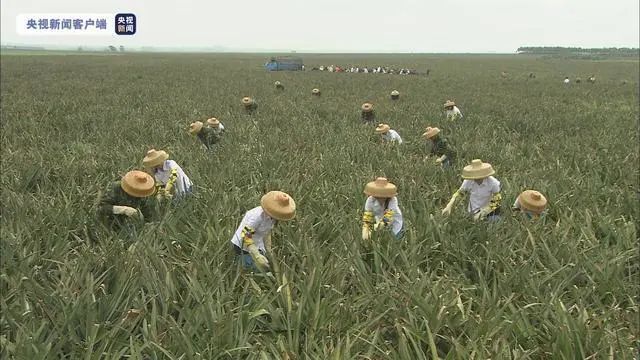
Image source: CCTV News
Guangxi is not unaware of the importance of brand. As early as ten years ago,The local media once pointed out that there is no brand in Guangxi fruit. Fruit farmers not only put into "price war" in exchange for market share, but also fruit merchants are well versed in the "routine" of raising prices by "branding". Guangxi began to go out of Guangxi to hold agricultural products fairs, hoping to enhance the popularity of local fruit brands with the help of government platforms.
But Guangxi is facing a powerful opponent.
Take litchi as an example. Liu Yiqiang pointed out that in order to keep Zengcheng litchi in a certain market scarcity,The local association in Guangdong even intends to limit the planting area of certain types of litchi to achieve the purpose of price protection.
Haikou litchi, on the other hand, has "superior help". In 2018, Ding Hui, who served as the director of the news center of Hunan TV Station (reception desk) and the director of Hainan Radio and Television Station, went to work as the mayor of Haikou. Soon after, a series of brand-building activities were launched for Haikou litchi. Haikou not only holds the Volcano Litchi Festival every year, but also participates in the live broadcast of e-commerce early and enters the live broadcast room of many well-known Hunan Satellite TV hosts.
According to Wu Duoce’s recollection, after three years, the search volume of "Haikou Litchi" has been equal to that of "Hainan Litchi", and there is even a trend of catching up.
This is not as good as people, and Guangxi’s funds are still more limited. Lin Haiyin once mentioned that in the face of tens of millions of brand building costs in Guangdong every year, Lingshan, as a large agricultural county, seems to be somewhat "stretched" in financial investment.
As a "latecomer", can Guangxi use its ingenuity to open up the situation?
If we strip away the appearance of brand problems, the deep problems of agricultural development in Guangxi will be revealed. Wang Zaolan found that Guangxi is not good at introducing large enterprises to invest in promoting local agricultural development, which makes it difficult for Guangxi to play its resource advantage as a "fruit kingdom".
"Whether it is scale, branding or standardization, it is unrealistic to rely on small farmers and cooperatives themselves. It must be driven by leading enterprises to play a role."
This year, Guangxi put forward the working concept of "project is king"; In Lingshan, an industrial development model in which leading enterprises drive small enterprises is taking shape. Both Sanke and Ali are catfish that stir up the development of local agriculture. In Wang Zaolan’s view, this is to play the role of enterprises and promote branding through enterprises, thus enhancing product awareness.

"Is there any way out for an agricultural county?"
The current disadvantage may also turn into an opportunity to build an advantage.
Lin Haiyin recalled that as an enterprise focusing on the infrastructure market, Sanke came to Lingshan a few years ago in response to "Guangdong enterprises entering Guangxi" in order to broaden the business space of enterprises and find new possibilities. After careful research and judgment, they set the first new wholesale market in Lingshan, which is precisely the opportunity in three aspects: First, the market is large enough, and the local population not only ranks first in Qinzhou, but also ranks fourth among counties in Guangxi; Second, the scale of agricultural products is large enough; Third, the government has less finance, so there is a lot of room for infrastructure improvement.
Lingshan is a big agricultural county. In 2021, the GDP of Lingshan was 32.436 billion yuan, of which the primary industry was 8.652 billion yuan, accounting for 26.7%, even exceeding the secondary industry’s 5.386 billion yuan.
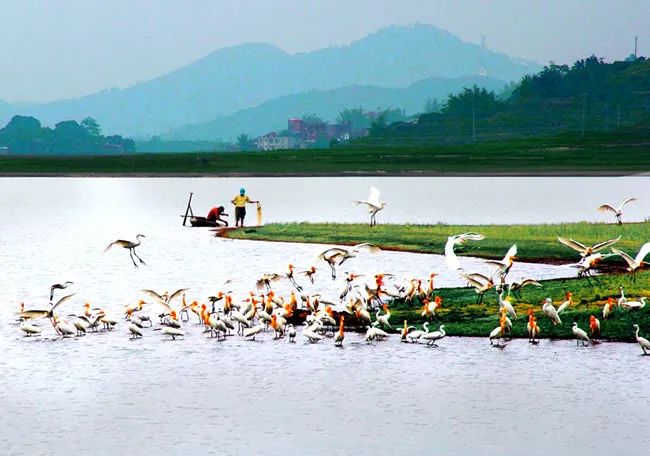
Image source: official website, ling shan Municipal Government
Li Haizhou, deputy director of ling shan Agriculture and Rural Affairs Bureau, described Lingshan agriculture with several "hometown".In addition to "the hometown of litchi", Lingshan is also the hometown of water cows, tea and freshwater fish seedlings. The four industries it represents, together with fruit seedlings, fragrant chickens and magnolia flowers, are sorted into seven major industries of Lingshan agriculture.
Lingshan is not short of products that can shake the market. Not only litchi, Li Haizhou teased that the output of jasmine used for tea in Lingshan ranks first in Guangxi, but its branding level is poor. The Jasmine Festival in Hengxian next door has gradually become a well-known "Jasmine Capital", and many of them are made by Lingshan as a "wedding dress".
Ali is also hoping for a breakthrough from Lingshan. According to Wu Duoce, they chose Lingshan as the first landing county of the full-link digital agricultural project. In a sense, it is precisely because there are fewer leading enterprises in Lingshan, and the policies and funds are more concentrated, which is conducive to their exploration. They brought digital orchards, intelligent warehouses and digital sales channels to Lingshan, hoping to spread them to more agricultural counties across the country from here.
This is a development path that starts from the first production and serves the first production, but jumps out of the first production. In the digital orchard, a series of agricultural digital systems based on Alot equipment, Internet of Things and integration of water and fertilizer have liberated people from all kinds of planting activities in the fields, behind which is a complete set of agricultural industrialization and standardized production ideas.
The intelligent warehouse with an area of more than 5,000 square meters is intended to gather more companies and farmers engaged in agriculture. On the one hand, it lays a foundation for building a unified brand of Lingshan agricultural products. On the other hand, it also hopes to "concentrate on doing big things", optimize the local logistics ecology with greater bargaining power, and regain the "initiative" of logistics from supply chain centers such as Nanning.
In Liu Yiqiang’s view, the lower land use cost makes it easier for Guangxi to realize the project landing than Guangdong and Hainan. As for Lingshan, a big agricultural county, Wang Zaolan believes that it is unrealistic to develop rural areas and promote county economy only by agriculture, and it needs to further extend the industrial chain and tap the integration of agriculture and other industries. And logistics is a feasible direction.
Is there any way out for a county town that focuses on agriculture? This problem, which puzzles Lingshan and many agricultural counties, may get a new solution in Guangxi, where the industrial integration foundation is weak.
Reporter |Yang abandoned Fei
Edit |Du Hengfeng Du Bo, Yang Huan City, Cheng Peng
Proofread |Duan Lian
Cover image source: Every reporter Yang abandoned the photo

| national business daily nbdnews Original article |
Reprinting, editing, copying and mirroring are prohibited without permission.
关于作者